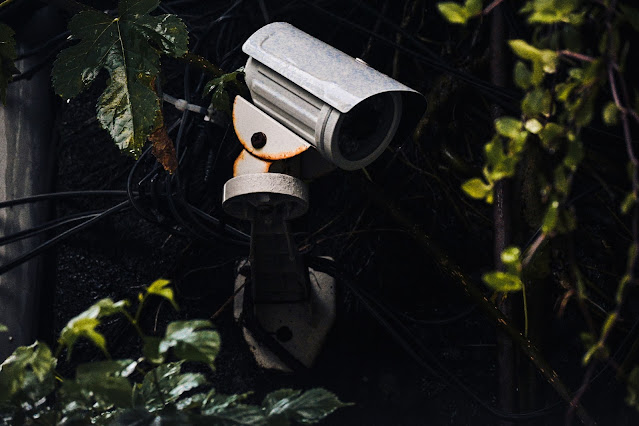Specialist Axis Camera That Makes Sense for Naming Convention

Axis has had plenty of time to perfect its naming convention. They have altered their nomenclature for various devices due to their extensive product range—for example, the numbering of hidden axis cameras differs from that of their larger relatives. Let us know the reasons why the specialist axis camera makes sense for naming convention.
Modular camera
A modular camera is simply one made up of tiny elements that may be assembled in various ways. The interchangeability of camera components and accessories is possible with modular cameras. Not only does this keep the camera from becoming outdated, but it also provides the user with new options and applications for it. This might also help to prolong the life of your camera. If a component fails, remove the old one and replace it with the new one.These unusual gadgets, which have their bodies and sensors, have their naming scheme. Whether you are talking about a whole camera or individual components, the product names have somewhat different meanings.
IP camera
An IP camera, often known as an Internet protocol camera, is a digital security camera that collects and transmits video data via an IP network. Surveillance is a widespread use for them. Unlike analogue closed-circuit television cameras (CCTV), IP cameras do not need a local recording device and instead rely on a local network. IP cameras use the same technology as phones and computers to connect to a network.This is the axis camera largest department, with various devices ranging from static interior cameras to bispectral cameras. Axis product numbers are among the shortest, generally taking the pattern X1234-
CCTV Camera Lens Guide
If you are new to security cameras, you may believe that all lenses are the same, yet this is not the case. This is why picking the appropriate one is crucial since it influences your security footage. CCTV camera lenses are made to meet specific surveillance requirements.What you can monitor depends on the camera field of view you choose. A 2.8mm lens, for example, provides a broad area of vision, which is ideal for general surveillance. A telephoto lens, on the other hand, is better for peering at particular objects.
Hopefully, you now have a better understanding of axis cameras. They're one of the most user-friendly companies in terms of product name, allowing you to figure out what a gadget is capable of before you ever go to the product page.
After purchasing a high-resolution axis camera, it is essential to ensure that you will not be deprived of a photo-taking camera. With processing power, resources, and storage, this may cost you a lot more. A higher pixel count does not imply that the picture will be better.
As a result, it is your responsibility to exercise caution while buying a single. If your job requires you to constantly upload images to the internet, email files, or examine photos on your computer, you may want to consider a lower-resolution digital camera. Remember that whether you're looking for a high-capacity memory card or a little one, both are available on the market and will provide you with the best results.


Comments
Post a Comment